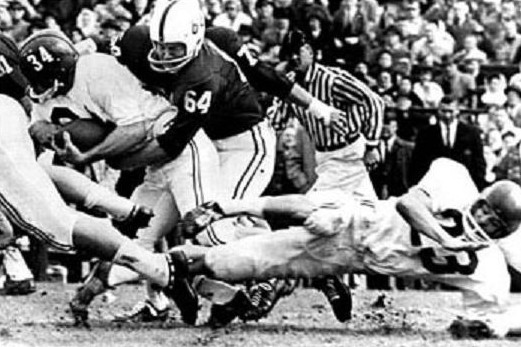


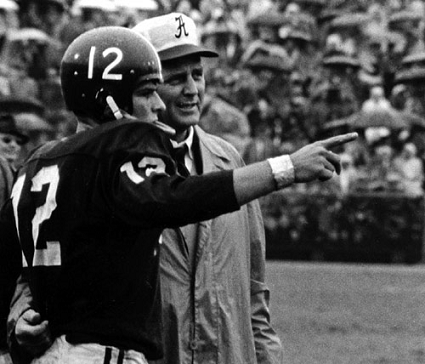
| at Georgia (3-7) | 32-6 | |
| (Mobile) Tulane (2-8) | 9-0 | |
| at Vanderbilt (2-8) | 35-6 | |
| North Carolina State (4-6) | 26-7 | |
| Tennessee (6-4) | 34-3 | |
| at Houston (5-4-1) | 17-0 | |
| Mississippi State (5-5) | 24-0 | |
| Richmond (5-5) | 66-0 | |
| Georgia Tech (7-4) | 10-0 | #16 |
| (Birmingham) Auburn (6-4) | 34-0 | |
| Sugar Bowl Arkansas (8-3) | 10-3 | #9 |
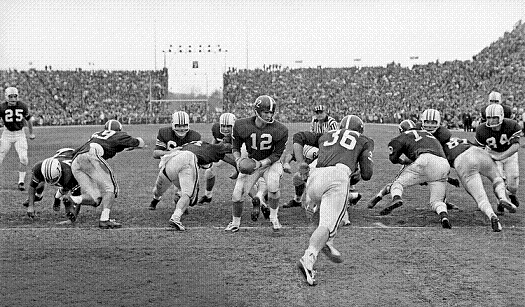
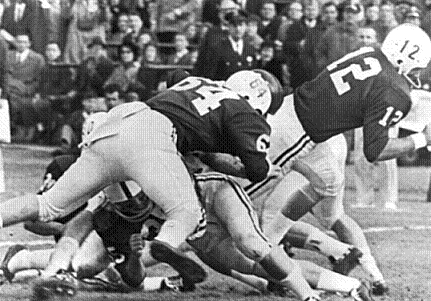
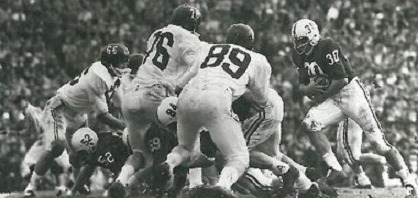
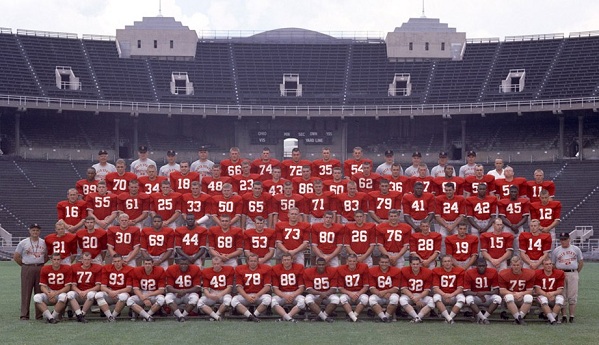
| Texas Christian (3-5-2) | 7-7 | |
| UCLA (7-4) | 13-3 | #25 |
| Illinois (0-9) | 44-0 | |
| at Northwestern (4-5) | 10-0 | |
| at Wisconsin (6-3) | 30-21 | #12 |
| Iowa (5-4) | 29-13 | #11 |
| at Indiana (2-7) | 16-7 | |
| Oregon (4-6) | 22-12 | |
| at Michigan (6-3) | 50-20 | #8 |
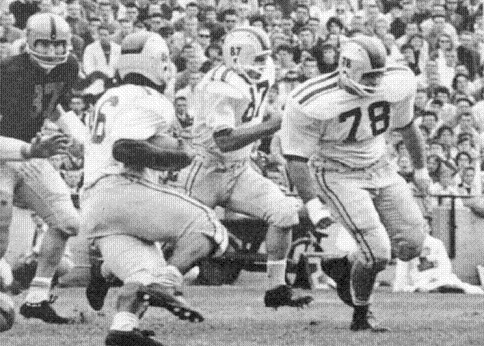
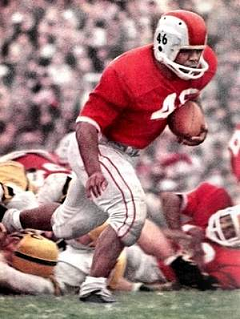
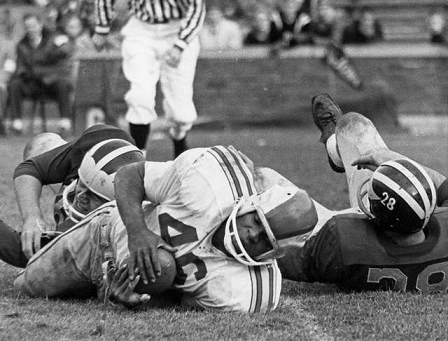
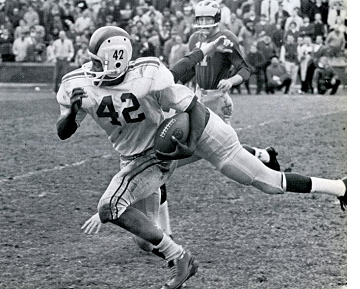
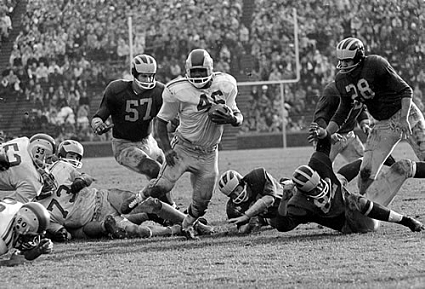
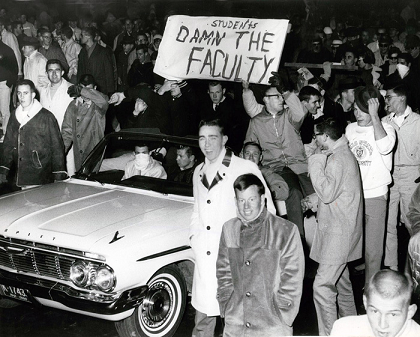
| Alabama 11-0 | Ohio State 8-0-1 | |||||||||||||||||||||||
|---|---|---|---|---|---|---|---|---|---|---|---|---|---|---|---|---|---|---|---|---|---|---|---|---|
|
|
|||||||||||||||||||||||
| 1) National Championship Foundation | 4.69 |
| 2) Billingsley (math system) | 4.63 |
| 3) DeVold
(math) |
4.62 |
| 4) Houlgate (math) | 4.53 |
| 5)
College
Football Researchers Association |
4.45 |
| 6) Sagarin-ELO (math) | 4.40 |
| 7) Poling
(math) | 4.34 |
| 8) Litkenhous
(math) |
4.32 |
| 9) Helms Foundation | 4.30 |
| 10) Boand (math) | 4.27 |
| 11) AP Poll | 4.20 |
| 12) Dunkel (math) | 4.17 |
| 13) Sagarin (math) | 4.15 |
| 14) Williamson (math) | 3.80 |
| 15) Berryman (math) | 3.37 |
| 1) Boand (math system) | 4.26 |
| 2) College Football Researchers Association | 4.22 |
| 3) Poling (math) | 4.11 |
| 4) Helms | 4.09 |
| 5) Sagarin-ELO (math) | 4.06 |
| 6) National Championship Foundation | 3.96 |
| 7) Dickinson (math) | 3.49 |
| 8) Houlgate (math) | 3.35 |
| 9) Billingsley (math) | 3.34 |
| 10) Sagarin (math) | 3.28 |
| 11) Parke Davis | 2.77 |
| 1) Houlgate (math system) | 4.5 |
| 2) Helms | 4.3 |
| 3) Parke Davis | 4.2 |
| 4) National Championship Foundation | 3.7 |
| 5) Billingsley (math) | 3.6 |